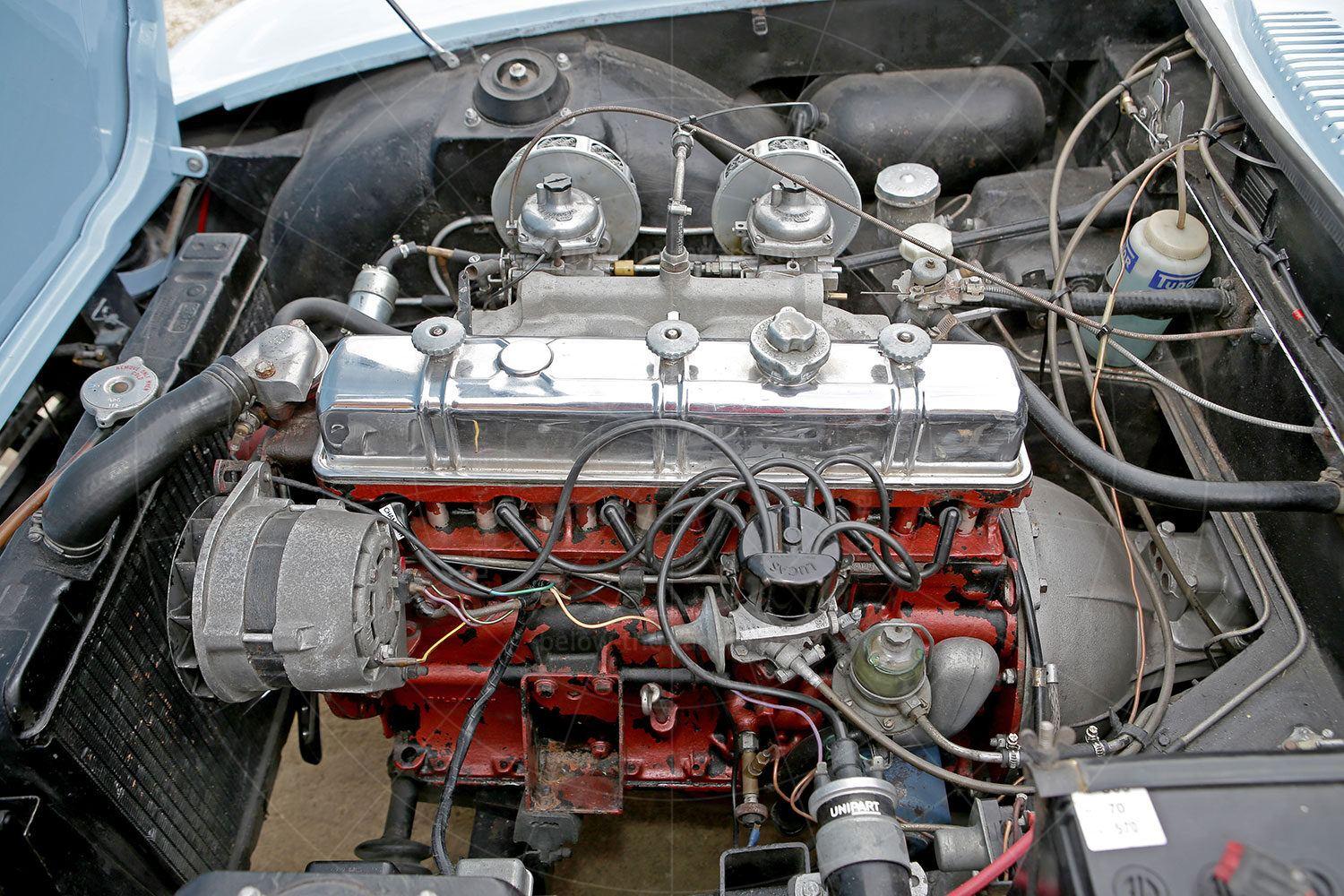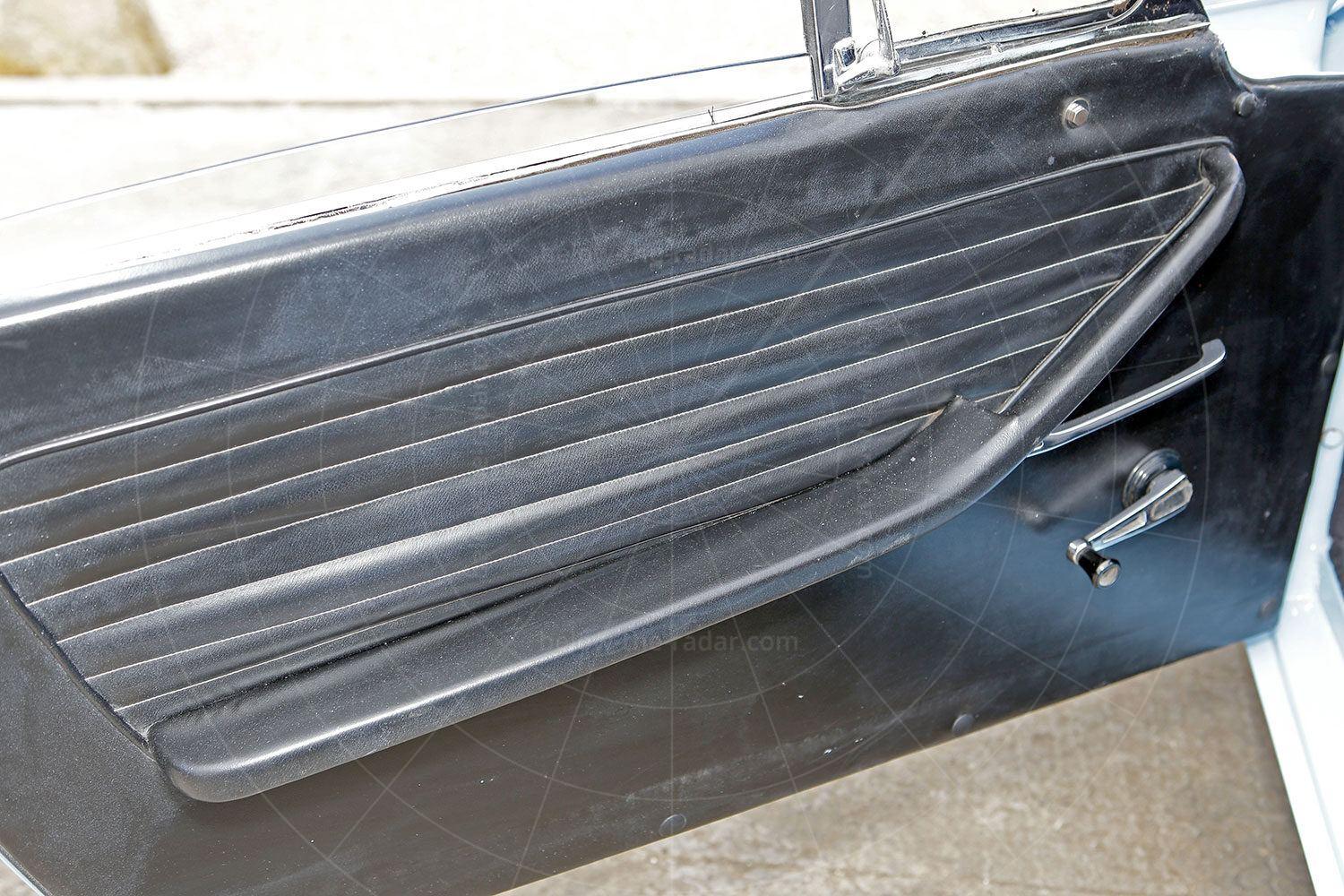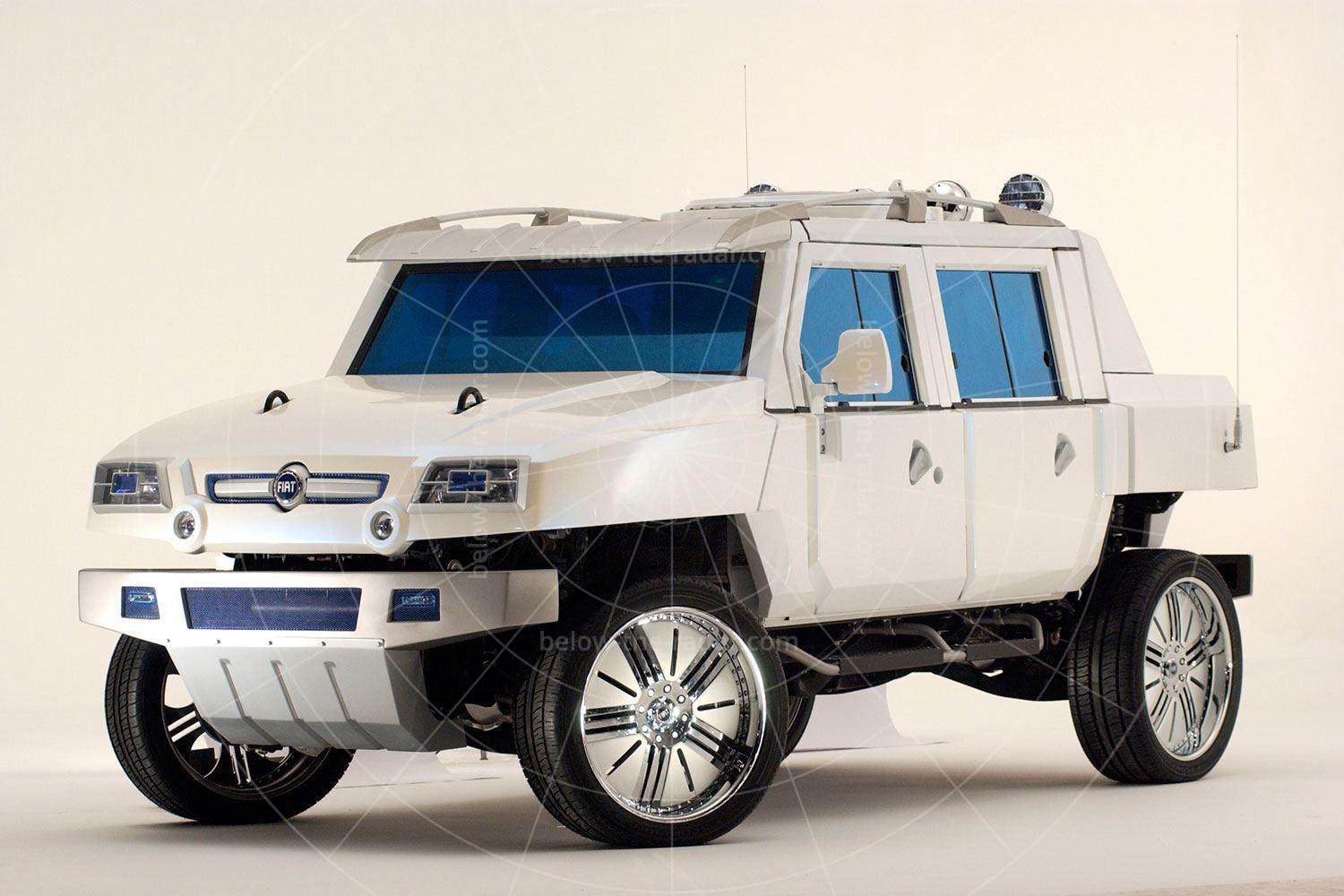Throughout the 1960s, Triumph was unusual in persisting with a separate chassis for many of its cars, such as the Herald and Spitfire as well as its TR4, 5 and 6. But in 1965 the company came up with something a lot more modern, with monocoque construction – the two-seater Fury.
Powered by the same 2.0-litre straight-six as many of Triumph's production cars, and styled by the company's favoured designer Giovanni Michelotti, the Fury looked like a modernised Spitfire, even though it was bigger and with a completely different construction.
Potentially sitting between the Spitfire and TR, the Fury could have done well for Triumph, but the company couldn't afford to put it into production. As a result just one prototype was built, which survives and is in the hands of avid curio collector Jane Weitzmann of jhwclassics.com.
Michelotti had started working on a freelance basis for Standard-Triumph as early as the mid-1950s; he was first commissioned to design a complete car in 1957. That car would be the Triumph Herald and once that had been launched in 1959 the commissions came thick and fast; Michelotti would style every Triumph of the sixties and seventies apart from the Karmann-designed TR6.
The monocoque-construction MGB roadster had been introduced in 1962 and two years later Triumph's Harry Webster reckoned that his company should be producing something equally modern. In November 1964 the brief was given to Michelotti to come up with a two-seater sports car that featured unitary construction and Triumph's familiar Standard Vanguard-derived 2.0-litre straight-six engine.
It took Michelotti just three months to come up with a sensationally styled two-seater roadster which looked essentially like a facelifted Triumph Spitfire that had been enlarged in the process. It was then the job of Triumph's in-house engineer David Eley to turn the Fury into a running prototype, using as many off-the-shelf components as possible.
While all of the outer panels had to be hand-made, along with much of the structure (although the windscreen surround appears to be the same as the Spitfire and TR4/5), the Triumph 2000's mechanicals were used as much as possible, including the engine (albeit with a Vitesse sump and GT6 inlet manifold), and MacPherson strut front suspension, although the semi-trailing arm rear suspension is borrowed from the TR4.
The gearbox was also taken from the TR4 and despite the obvious desirability of having overdrive, a non-overdrive transmission was fitted. It helps that reasonably tall gearing is fitted, with the adoption of a 3.7:1 differential, while predictably the brakes are discs up front and drums at the rear. The rack-and-pinion steering was taken from the 1300 saloon, but unique to the Fury are the steering column, propshaft, exhaust, springs and dampers as well as the cast rear suspension arms.
Carrying the development chassis number X749, the Fury was then tested by Triumph's chief test driver Fred Nicklin along with his deputy Gordon Birtwhistle, although there doesn't ever seem to have been any serious intention of putting the Fury into production. It seemed to have been little more than a styling and engineering exercise, sadly.
Incidentally, the Fury was registered for the road but not until 1968, which is why the registration plate doesn't tally with the car's build date. When Triumph registered the car it wore the registration shown here (TVT 990G), but it was registered GL 484 when it was a part of the Patrick Collection. By the time the car was next sold on it was carrying its original registration once more, which it still features.
The Fury wasn't the first Triumph to feature pop-up headlights; that distinction belongs to the TRX prototype which had arrived a full 15 years earlier, in 1950. Operated by vacuum, the engine has to be running to work the mechanism, which is more complicated than most as not only does the upper panel rise, but the lower grille section drops down like a set of jaws in action. With the Fury remaining a one-off, it would be another decade before a production Triumph featured pop-up lights, with the arrival of the TR7.
Previously a part of the Birmingham-based Patrick Collection, Jane Weitzmann bought the Fury in 2009. Before she bought it this unique Triumph was sympathetically restored by the Patrick Collection's John Ward, who repainted the car but retained the original interior as it was in pretty good condition.
While the door trim panels and seats are unique to the Fury, the dash design and layout will be instantly familiar to any owner of a sixties Triumph, with its Jaeger and Smiths gauges set in a wood-finished fascia, and the three-spoke leather-trimmed steering wheel.
The driving experience is familiar too, at least from an engine and gearbox perspective. The 1998cc straight-six is smooth, quiet and tractable with its pair of Stromberg 150CD carburettors which delivers just 95bhp but a silky smooth 115lb ft from 3000rpm.
What's less familiar is the rest of the dynamic package as the more sophisticated construction means the ride is also more accomplished and the handling more predictable than Triumph's production sports cars of the period, things helped by the longer wheelbase compared with the Spitfire.
Of course what Triumph should have done – and maybe would have done had the Fury reached production – was to fit a fuel-injected version of the 2.5-litre straight-six engine to allow up to 150bhp. That would have turned the Fury into a real flier, but sadly it wasn't to be.
Many thanks Jane Weitzmann of jhwclassics.com, for the loan of the Triumph Fury for the photography.
| Vital statistics | |
|---|---|
| Debut | 1965 |
| Designer | Giovanni Michelotti |
| Engine | Front-mounted, 1998cc, 6-cylinder |
| Transmission | 4-speed manual, rear-wheel drive |
| Power | 95bhp at 5000rpm |
| Torque | 115lb ft at 3000rpm |
| Top speed | 115mph approx |
| 0-60mph | 12.5 seconds approx |
- More on the Fury at AROnline.








































